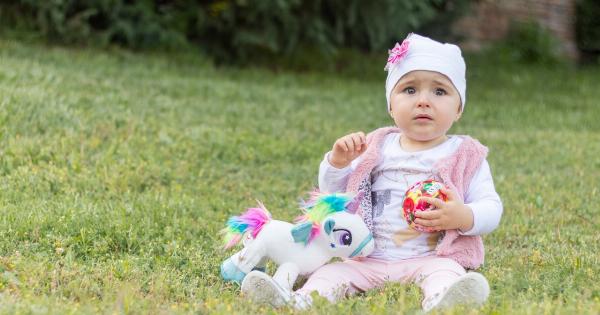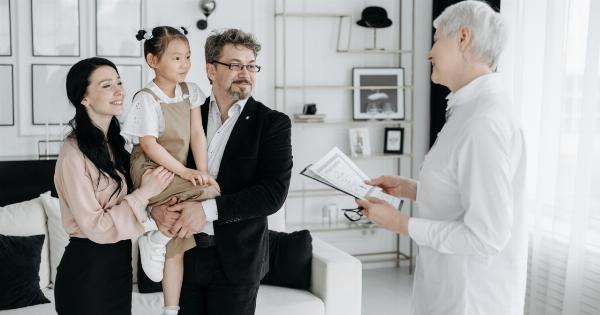Scoliosis is a condition where the spine curves sideways. In most cases, it begins during childhood and affects girls more than boys. While mild cases of scoliosis may not require treatment, severe cases can cause pain and lead to breathing difficulties.
It’s important for parents and caregivers to know how to identify the warning signs of scoliosis so that treatment can be sought out early on.
What Causes Scoliosis in Children?
There is no known cause of scoliosis, but there are some factors that can increase the risk of developing the condition. Some of these factors include:.
- Family history of scoliosis
- Abnormalities in the spine that are present at birth
- Neuromuscular conditions such as cerebral palsy or muscular dystrophy
- Injuries or infections that affect the spine
What Are the Symptoms of Scoliosis?
The most common symptom of scoliosis is an abnormal curvature of the spine. Other symptoms can include:.
- Uneven shoulders or hips
- A shoulder blade that sticks out
- A curve in the upper back (humpback)
- Back pain or discomfort
- Breathing difficulties (in severe cases)
How Can Scoliosis Be Diagnosed?
If a parent or caregiver suspects that a child has scoliosis, a doctor should be consulted. During the examination, the doctor will look for signs of curvature in the spine.
He or she may also order an x-ray, which can determine the severity of the curve and the best course of treatment.
How Is Scoliosis Treated?
The treatment for scoliosis depends on the severity of the condition. Mild cases may not require treatment, but regular monitoring may be recommended to ensure that the condition does not worsen. In more severe cases, treatment may be required.
Some of the treatment options include:.
- Bracing – A back brace may be recommended to prevent the curve from worsening, particularly in children who are still growing.
- Surgery – In severe cases, surgery may be necessary to correct the curvature of the spine. This is usually only recommended if the curve is getting worse and is likely to cause health problems in the future.
- Physical therapy – Stretching and strengthening exercises can help to improve posture and reduce pain.
Preventing Scoliosis in Children
While there is no surefire way to prevent scoliosis, there are some steps that parents and caregivers can take to reduce the risk of children developing the condition:.
- Make sure children maintain good posture when sitting and standing.
- Encourage regular exercise that strengthens the core muscles.
- Have children carry backpacks correctly to avoid putting unnecessary strain on the back.
- Ensure that children have regular medical checkups to monitor their spinal health.
Conclusion
Scoliosis is a condition that affects many children, but with early detection and proper treatment, it can be managed effectively.
By knowing the warning signs of scoliosis, parents and caregivers can help to ensure that their child receives the appropriate treatment to manage the condition over time.

























